The start of a new year is always a good opportunity for the BikeRadar team to gaze into the crystal ball and make our tech predictions for the 12 months ahead.
Having outlined our road and gravel trends for 2022 earlier in the week, now it’s the time for our MTB team – Luke, Rob, Max, Alex and Tom – to discuss what they expect – or hope – to see this year.
From electronic suspension and kit for pint-sized shredders, through to integration, the continuing rise of downcountry bikes and the long-lasting impact of the Covid pandemic, here’s what mountain biking is set to look like in 2022. Just don’t hold us to it…
Electronic suspension hits the mainstream
Luke Marshall, technical writer
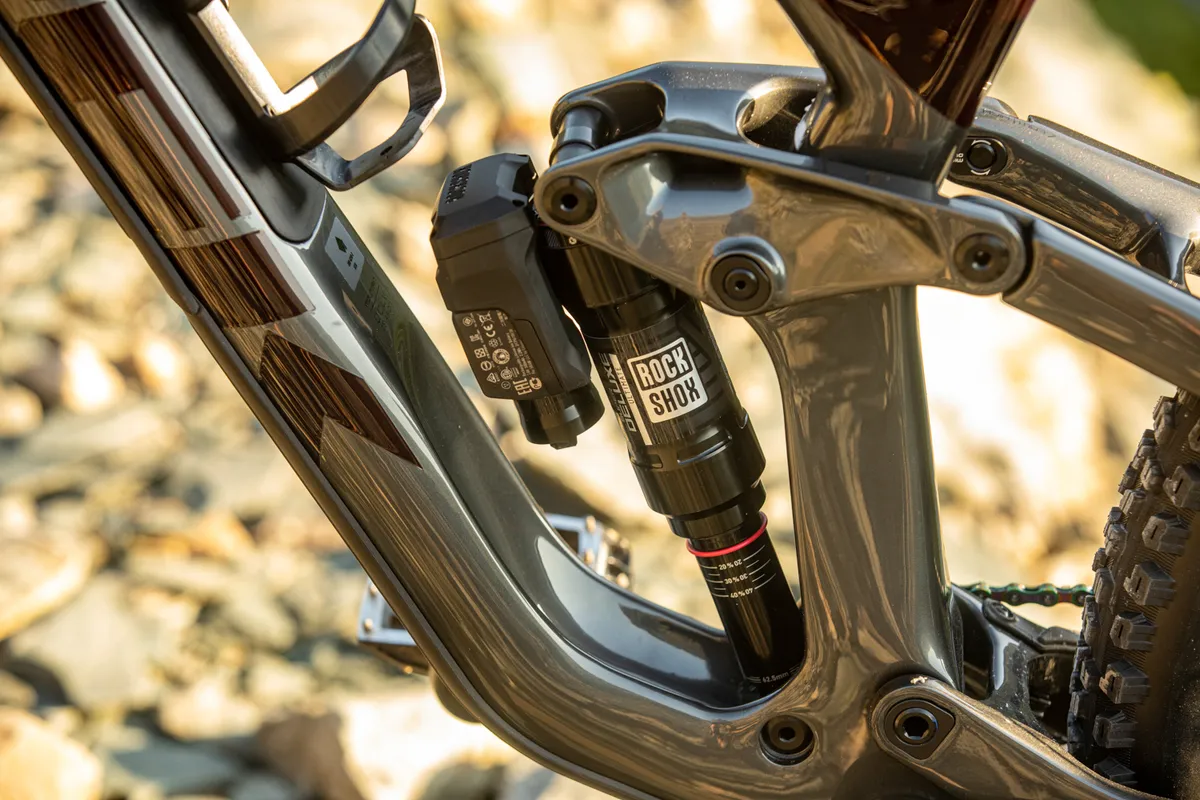
For 2022, I’m interested to see how electronic suspension tech will be used in racing and how that filters down to everyday riders.
Last year, I saw a lot of secret electronic tech being used on the race circuit. For example, Loïc Bruni ran some form of prototype Öhlins electronic suspension during the 2021 downhill season, with a thumb trigger button on his handlebar and an unknown device hidden under a secretive carbon cover on his Specialized Demo.
Meanwhile, Myriam Nicole and Greg Minnaar’s bikes raced at Lenzerheider had Fox electronics attached to their rear shocks, labelled Live Valve. Nicole’s bike even had a repurposed Shimano EP8 mode selector on the handlebars.
Finally, Tom Pidcock, the men's Olympic cross-country champion, raced on what looked like prototype SR Suntour electronic suspension on his blacked-out BMC Fourstroke. I’m keen to see the Olympic champion back racing mountain bikes this summer – fingers crossed he is, and maybe we’ll find out a bit more about that.
While RockShox Flight Attendant was released this year, it was limited to a few specific full-bike builds from the likes of Trek, YT and Canyon. It's also currently aimed at trail riders, whom RockShox thinks will benefit the most from it.
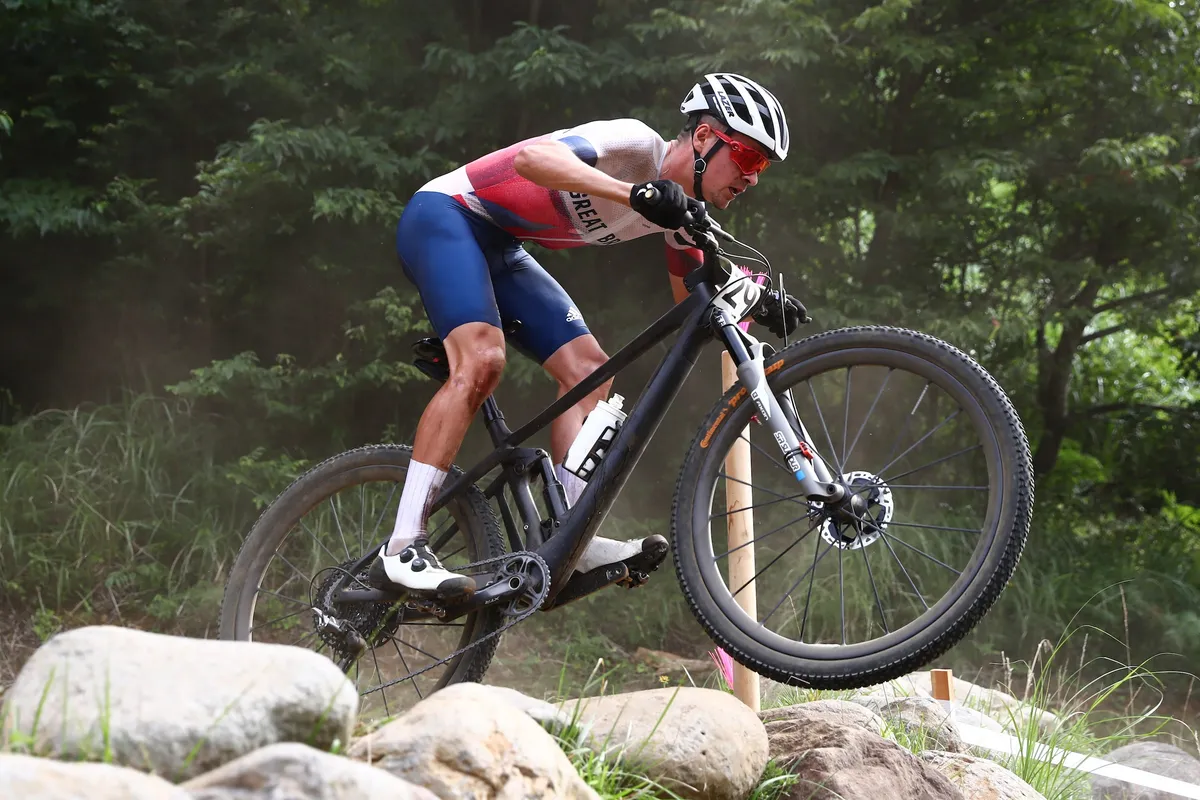
However, it was also spotted on Charlie Murray’s Specialized Enduro at the Crans-Montana Enduro World Series round in Switzerland.
I’ll also be keeping an eye open to see if the Trek Factory Racing Enduro team employ it to hunt possible advantages on an ever-increasingly competitive enduro circuit.
I’m always interested to see what turns up on the race circuit, not least over the next year or two, as that’s often where we see the latest tech first.
On that note, I’m in the process of testing a whole load of suspension forks, and I’m all for the irony of making suspension products more complicated if it makes life easier for the end-user.
But will we see frame designs that currently don’t allow space for these shocks change to take advantage of this new tech? Or maybe it’ll be so unobtrusive you might not even notice it’s there…
The next generation has it better than ever
Robin Weaver, technical editor-in-chief

Whenever I get asked about the future trends of mountain biking, I have to do quite a bit of head-scratching. That’s not because the industry is moving particularly slowly, but we’re at a point in mountain biking where we’re seeing more in terms of evolution rather than brands conjuring up totally new concepts.
Where to start, then? The trend towards lightweight electric mountain bikes seems to be gathering pace thanks to the likes of the Orbea Rise and Specialized’s Levo and Kenevo SL.
No doubt there will be more to come this year – good news for riders who want assistance on the climbs but still want to retain that ‘regular bike’ feel on the way back down.
Like Luke, I can’t ignore RockShox’s Flight Attendant, either. While Fox’s Live Valve system has been around for a few years, it hasn’t really taken off in the mainstream. Could this all change with Flight Attendant, thanks to wireless wizardry and smarter packaging? Maybe.
But for me, as a father of two, one of the most exciting trends for 2022 has to be just how good kids' kit and bikes are getting.
While companies such as shoe brand Five Ten have catered to smaller humans for some time now, it seems that a number of other brands are keen to ensure the future of the sport is properly taken care of.
At the most recent Eurobike show, we saw the new Schwalbe Big Betty tyre, now offered in both 20in and 24in sizes, while RST launched a fork – called the Beast – to fit 24in wheels. Urge helmets unveiled the new Deltar full-face lid in two youth sizes, with the same tech as the brand’s adult helmets.
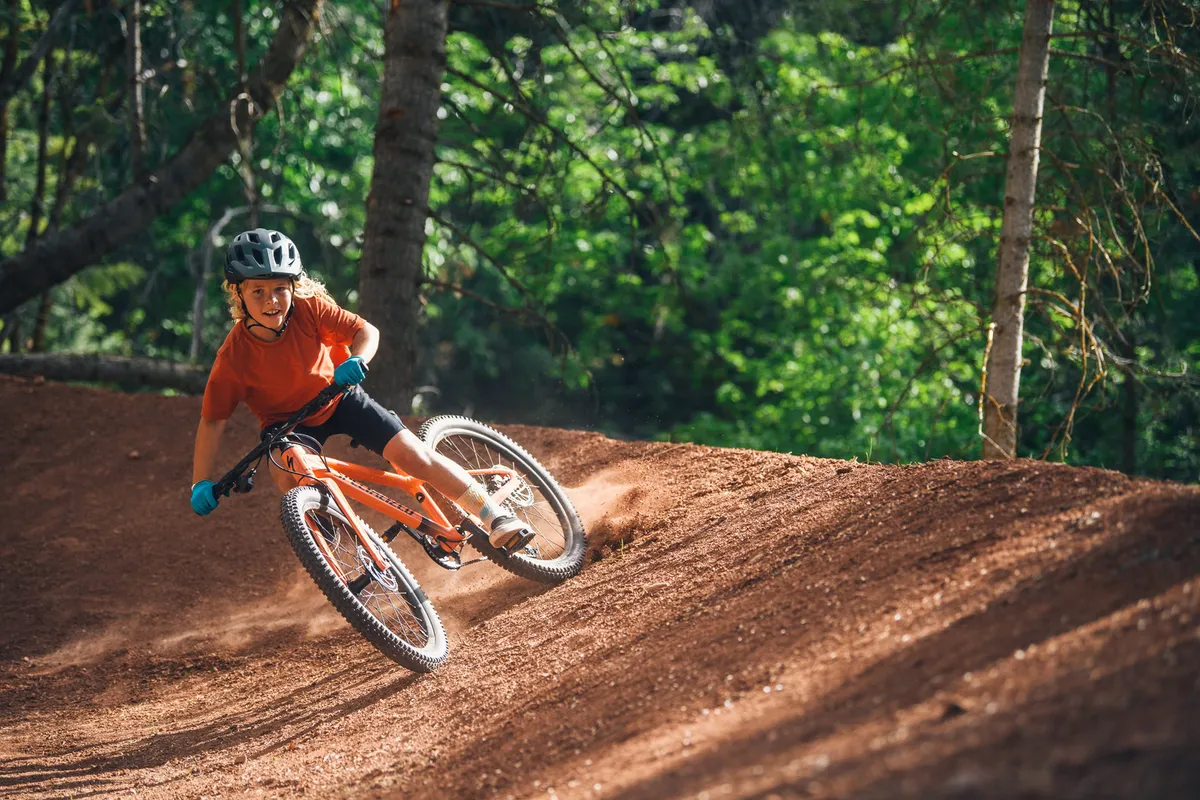
And more recently, Specialized launched the totally overhauled range of Riprock kids' bikes. These mini-trail machines have been designed for kids from four to 12 years of age and, compared to the outgoing Riprock models, feature slacker head angles, shorter chainstays and lower stack heights. The 20in and 24in standard bikes both come with a rigid fork, while the top-end Expert gets a 100mm-travel Manitou suspension fork.
As I said, these are just some examples to illustrate how good things are getting if you’re a pint-sized shredder, and there’s loads more out there.
Naturally, with the demand on the bike industry as it is right now, and the parts shortages we’re all seeing, it may be some time until we actually see what comes of all of this.
Who knows, maybe we’ll have to wait until 2023 for any of it to come to fruition. Still, we’re not exactly in a bad place right now when it comes to tech, so waiting a little longer isn’t going to make riding bikes any less fun.
Integration comes to mountain biking
Max Wilman, videographer
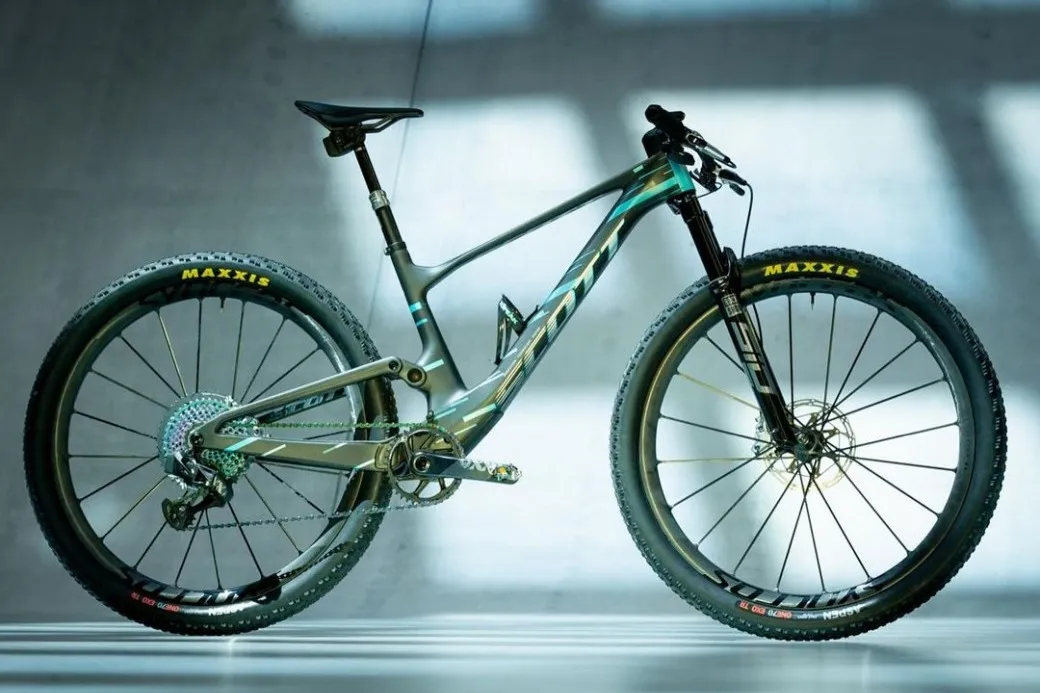
In 2022, I’m looking forward to seeing further integration on mountain bikes.
The new Scott Spark and Cannondale Jekyll both hide their rear shocks neatly in the down tubes, and I want to see more clever bike designs like this.
That might be to the disgust of mechanics, and probably some of you. After all, integration has been a key trend in road cycling for some time now, and it’s not always popular.
For mountain bikers, a hidden shock lower in the bike can provide an overall lower centre of gravity, which in turn can result in a more grounded and well-balanced ride quality.
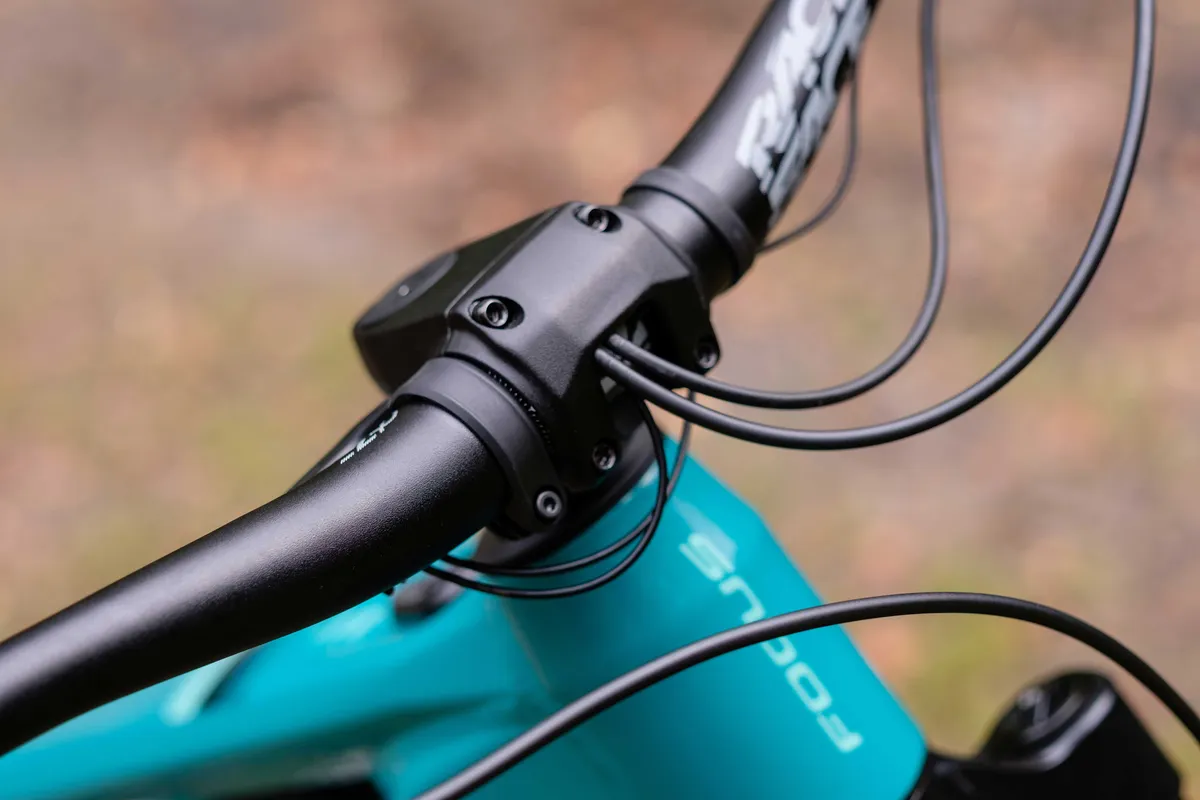
Integration isn’t just limited to a hidden rear shock, however. We have also seen bikes such as the Focus Jam with cable integration through the cockpit. I don't see why anyone other than top-level XC riders would be looking at this for its aero benefits, and even then those gains are minimal – but I just can't help think it looks pretty neat.
Elsewhere, the likes of Trek and Specialized have paved the way for internal storage options on some of their mid-range and top-spec bikes. I’d like to see this space-saving solution trickle down to the budget end of the spectrum.
Because let's be honest, who wants to carry all those snacks, inner tubes and tools on their back these days?
Progressive geometry needs to be adopted everywhere
Alex Evans, technical editor
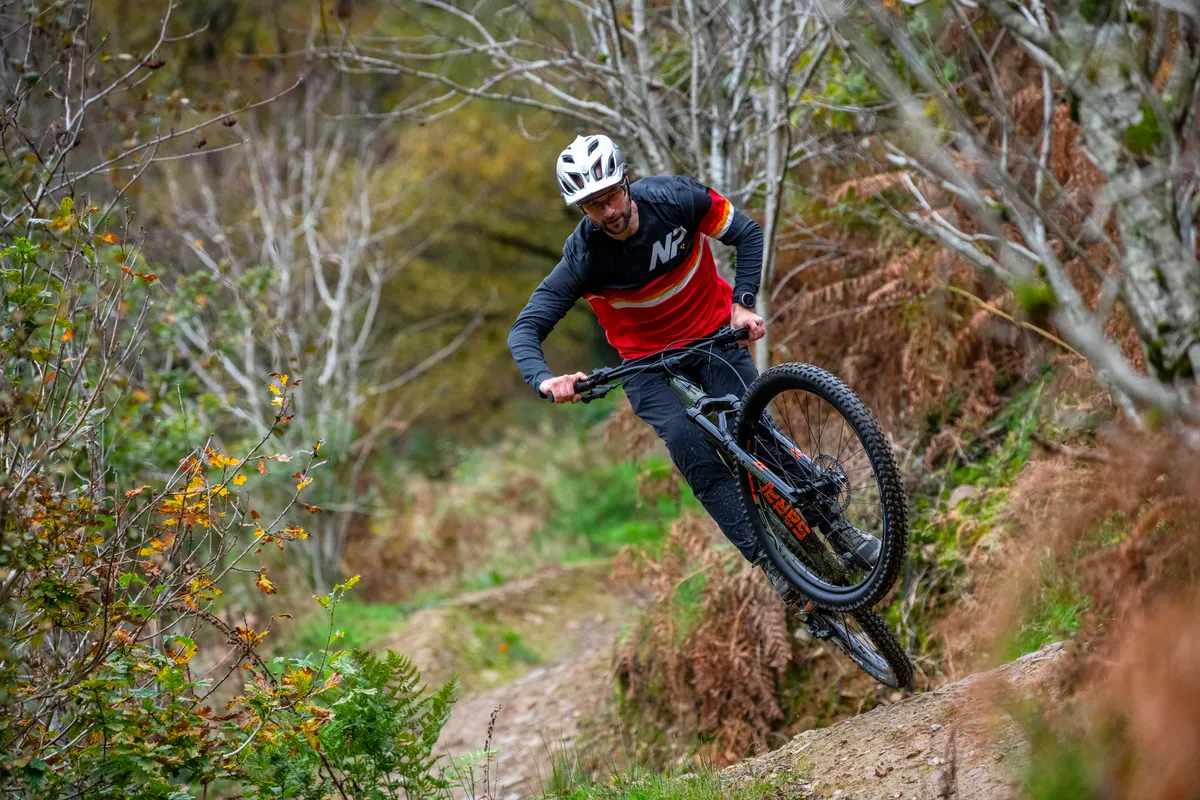
For me, it’s all about geometry.
Mountain bike geometry has come a long way in the last few years and there’s now an almost unanimous acceptance that, for downhill bikes, enduro bikes and trail bikes, longer, slacker and lower geometry, with steep seat tube angles, makes a bike easier to ride both up and downhill.
Every step we take towards the Goldilocks geometry figures has a marked improvement on how much easier, less break-neck dangerous, and more fun it is to ride fast.
There needs to be a widespread adoption of this type of forward-thinking geometry that doesn’t discriminate between disciplines or rider ability and terrain type, although there are a few exceptions, such as slopestyle and dirt jumping.
After all, who wouldn’t want a bike that’s easier and more fun to ride?
And to top it off, assuming you're already buying a new bike or frame, geometry is a free upgrade. It’s not like swapping out a basic fork or shock for a more advanced one, and tweaking a frame’s numbers is arguably more beneficial than plenty of costly aftermarket upgrades.
More of the same for 2022, for better or worse
Tom Marvin, technical editor

I always struggle to pick a trend for this type of feature. Last year, the latest breed of cross-country and downcountry bikes topped my list of tips, and in the past I’ve talked about tyres and geometry at least a couple of times.
Truth be told, I think in 2022 we’ll see more of the same. Downcountry bikes really did prove to be a ‘thing’ in 2021, and the pace won’t slow in 2022.
The downcountry market seems split between bikes that are XC rigs with a longer stroke shock and fork, and those designed from the ground up to be fast and efficient, while still being remarkably competent when the trail descends.
Personally, I’m more into the dedicated downcountry bikes – ones where the design focus has been aimed squarely at doing everything well, rather than shoe-horning a little extra travel into a race bike.
The reality is, the best downcountry bikes suit the riding many of us actually do, week in, week out. With ever stouter (yet lightweight) forks, such as the RockShox Sid and Fox 34, and surprisingly effective tyres from Maxxis and Schwalbe – I’m looking at you, Rekon and Wicked Will – a bike with 115 to 120mm of travel and decent geometry is going to handle the bulk of what a UK trail can throw at it.
As my colleagues have already covered, we also saw the release of SRAM’s Flight Attendant in 2021. However, I was surprised to see no tie-in with the ShockWiz tuning system, and that Flight Attendant was focused more on longer-travel bikes.
With that in mind, I wouldn’t be surprised to see a ShockWiz-type addition to the system, as well as some sort of integration onto XC bikes, where pedalling efficiency is key.

And if that doesn’t come from SRAM, perhaps Fox’s Live Valve will see a reboot, or another competing system from elsewhere in the market – Tom Pidcock’s BMC Fourstroke was seen with some sort of electronically linked SR Suntour suspension in Tokyo.
In many respects, 2021 was a torrid year for the bike industry and consumers alike. Massive growth in demand through 2020, the impact of Covid on manufacturing globally, supply-chain issues, Brexit and the increasing costs of materials have made it a tough place at times. Getting hold of bikes and components, whether you’re a punter, journalist or brand, has been challenging on an unprecedented level.
Sadly, I don’t think things are going to change significantly in 2022. It’s likely that many manufacturers will still be suffering from significant delays, the price of raw materials is unlikely to decrease and shipping delays aren’t going to solve themselves overnight. In the UK, we’re still getting to grips with the impact of Brexit, too.
So, my second prediction for 2022 is that things are going to remain difficult. Order books will take months to clear, bikes are going to continue to seem more expensive than ever and deals will be thin on the ground. Brands that used to be synonymous with value may align pricing with their more-traditional counterparts.
Roll on 2023.
